With 20 years of experience sharing European Jewish culture at festivals that bring together enthusiasts of all backgrounds and generations, the AEPJ has chosen a particularly bold theme: The Peoples of the Book. We meet with its director, Victor Sorenssen, and project manager, Fede Szarfer.
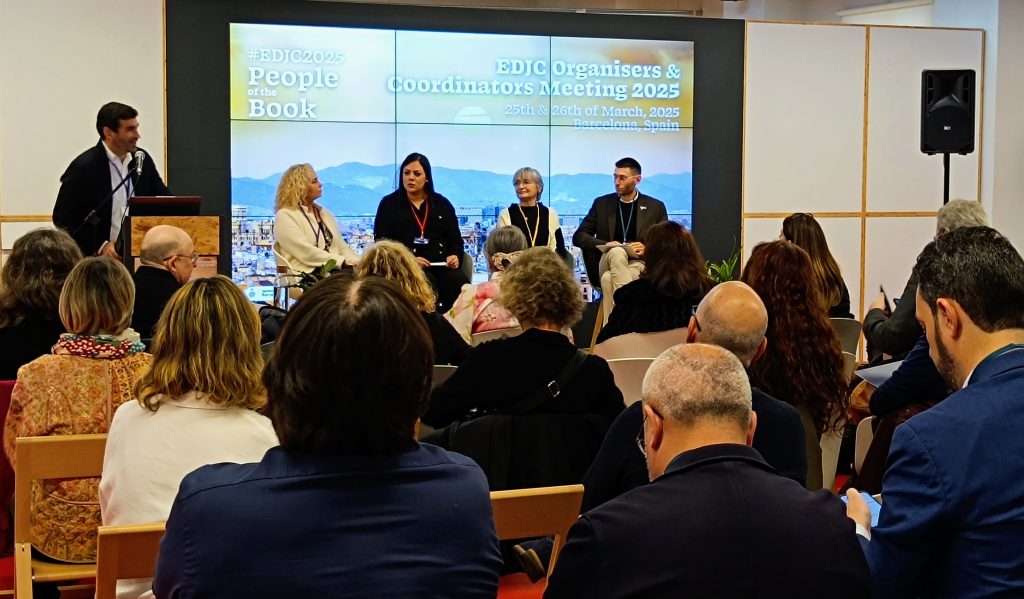
How did the AEPJ decide upon this year’s theme for the EDJC?
Victor Sorenssen & Fede Szarfer: This year marks an exciting milestone in the evolution of the European Days of Jewish Culture: for the first time, the festival’s theme was selected by the newly established EDJC Committee. This committee brings together some of the most experienced national coordinators from across Europe, who contribute their insights and deep local knowledge to help shape the direction of the festival.
The chosen theme, “People of the Book,” emerged from a rich and thoughtful conversation among the committee members. Rather than a top-down decision, it was a collaborative and democratic process, grounded in a shared understanding of the power and depth of Jewish textual tradition and its contemporary resonance across Europe today. The committee collectively felt that this theme offered space not only to celebrate Jewish heritage through literature, sacred texts, and education, but also to explore broader notions of memory, identity, and creativity across languages, generations, and communities. Explore the theme further on our website:
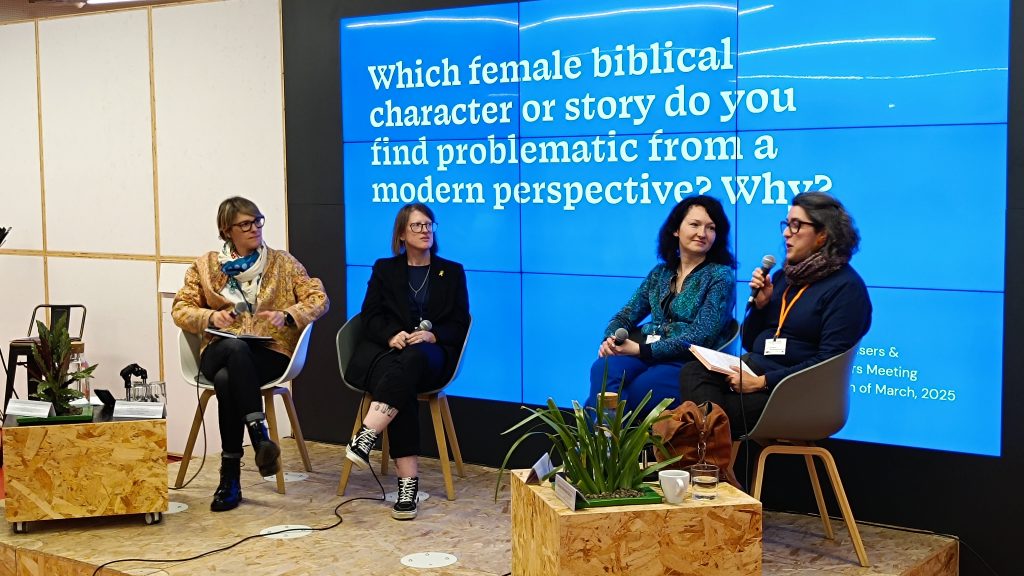
Looking ahead, we’re committed to deepening this participatory approach. That’s why we’ve already launched an open call for ideas for the theme of EDJC 2026, inviting all organisers and members of the public to share their suggestions through a simple form. We warmly encourage everyone who cares about Jewish heritage in Europe to join this creative process. You can send us your ideas using this link:
How many countries participate this year? Which are the new members?
As the European Days of Jewish Culture is a decentralized festival, organised by a wide and diverse network of local institutions, it can sometimes be challenging to provide an exact figure in advance. However, based on the strong engagement we’ve seen in recent years, we expect to maintain a similar level of participation, with activities taking place in at least 26 countries across Europe.
This organic and flexible structure is part of the festival’s unique strength: each edition grows through the energy and creativity of local organisers who bring their own perspectives and communities into the shared celebration.
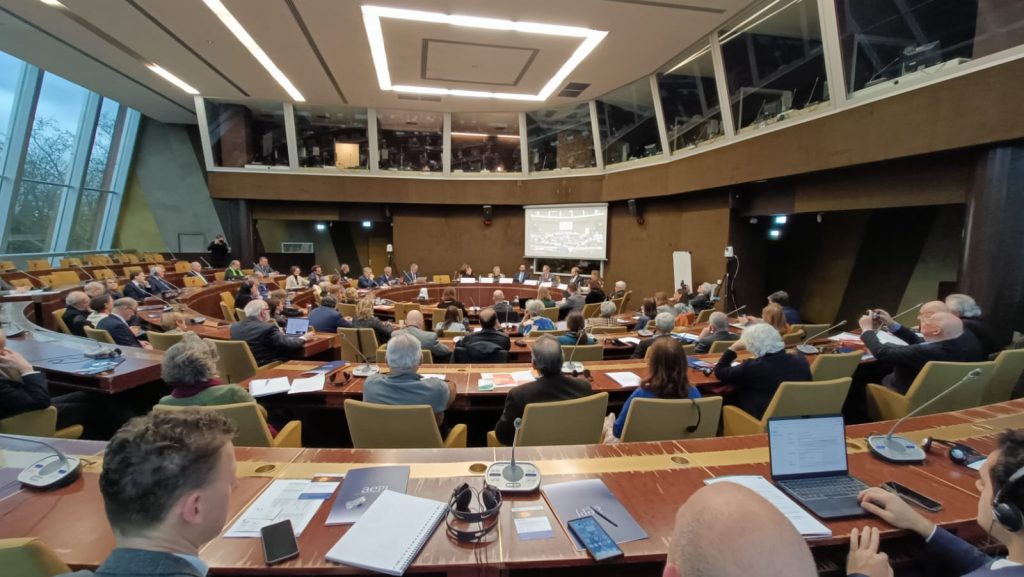
One exciting development for this year is the participation of Greece, which will be joining the EDJC with a national programme coordinated by the Jewish Community of Athens. This marks the first time Greece has participated on a national level, and we are thrilled to welcome them into the network.
If you, whether as an individual, an institution, or a community, are interested in organising an activity as part of the EDJC, we warmly invite you to join us. You’ll find everything you need to get started, including resources, guidelines, and practical steps, on our website
Can you tell us about the NLI Travelling Exhibition?
For nearly a decade, the AEPJ has had the great privilege of collaborating with the National Library of Israel to bring its rich collections to life across Europe through the European Days of Jewish Culture. This ongoing partnership has resulted in the creation of high-quality travelling exhibitions, specifically tailored to each year’s festival theme and offered as a resource for EDJC organisers to enrich their local programming. Adaptable, visually compelling, and fully translatable, these exhibitions make it possible for communities of all sizes to engage with profound Jewish content in meaningful and accessible ways.
This year, in resonance with the 2025 theme People of the Book, the NLI has developed a new exhibition that delves into the powerful relationship between Jewish life and the written word. It explores not only what Jewish books contain, but also what they represent: a symbol of continuity, resilience, identity, and connection across time and space.
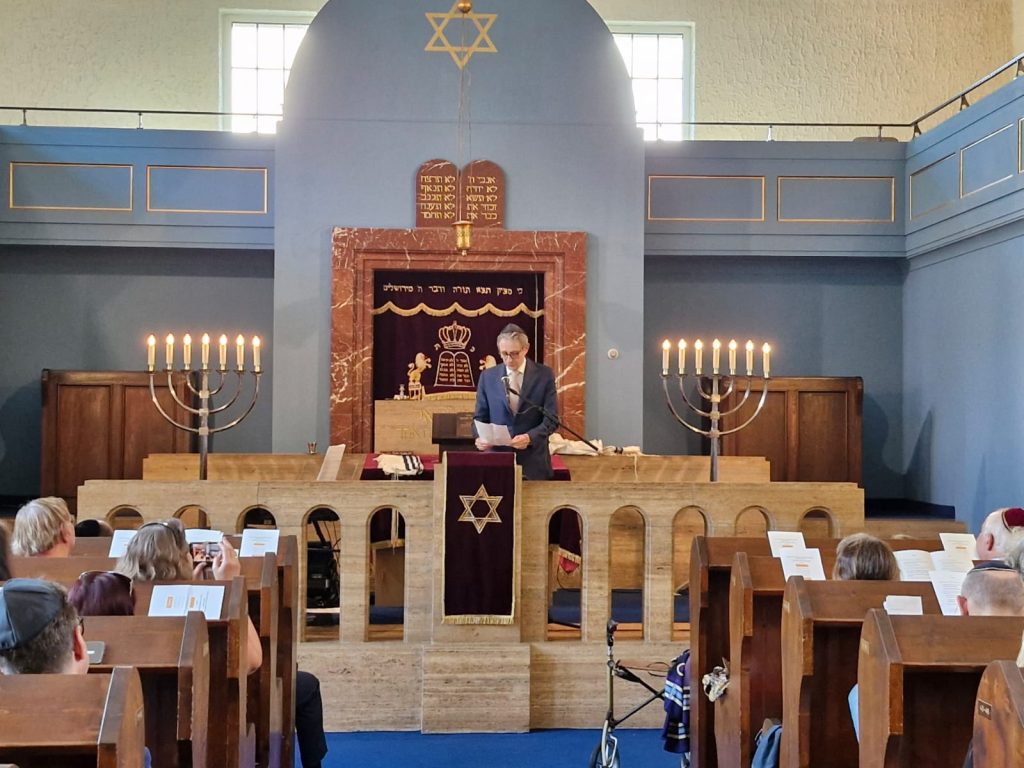
Through a series of beautifully designed panels, the exhibition takes viewers on a journey through the many dimensions of the Jewish book. It considers its evolving physical forms, from ancient scrolls to printed volumes and digital texts, as well as the stories of the people who write, read, illustrate, collect, and preserve them. It looks at the sacred dimension of the book, but also at its daily presence in Jewish homes, schools, and communities. It reflects on how books travel, how they shape identity, and how reading and learning have been at the heart of Jewish life for centuries.
Available in digital format, the exhibition can be easily translated and printed locally, allowing each organiser to adapt it to their own audience. It will be ready by mid-June, and we will notify all organisers as soon as it becomes available. More information and resources can be found on our website.
In January, the AEPJ celebrated its anniversary in Strasbourg, what have been the main achievements throughout the years?
The 20th anniversary of the AEPJ, held at the Council of Europe in Strasbourg, marked two decades of exceptional work in the field of Jewish heritage. From its origins in local grassroots initiatives in Alsace and Baden-Württemberg, the AEPJ has grown into a leading European network. One of its earliest milestones was the creation of the European Days of Jewish Culture, which began with 17 countries and quickly became an annual tradition that today involves thousands of events across the continent. These activities have consistently fostered public engagement with Jewish heritage, and created a space for education, dialogue, and cultural appreciation.
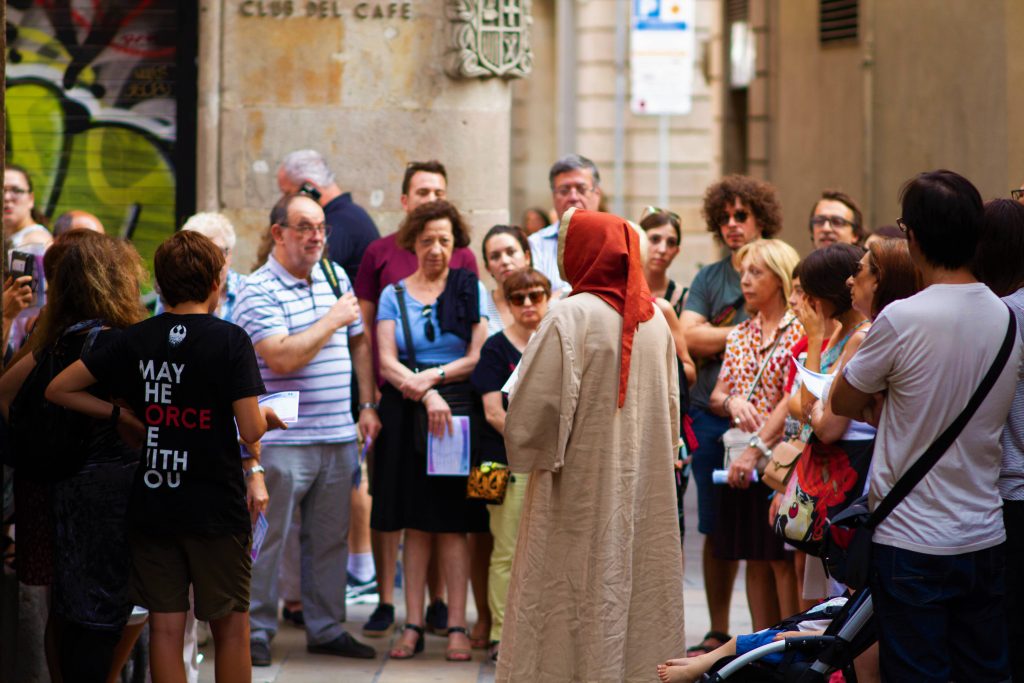
Another key achievement was the creation of the European Route of Jewish Heritage in 2004, which was certified as part of the Cultural Routes of the Council of Europe. This route now spans 24 countries and connects hundreds of sites, from synagogues and cemeteries to museums and archives, fostering intercultural understanding and educational opportunities. It serves as a framework for cooperation among public bodies, Jewish communities, NGOs, and private foundations, enabling a pluralistic approach to heritage preservation and promotion.
The AEPJ has also developed a range of impactful projects beyond the Route and the EDJC. These include the “Networks Overcoming Antisemitism” initiative, the “Mi Dor Le Dor” program focusing on intergenerational transmission, and various training schemes aimed at building professional capacity in the heritage sector. These projects not only help safeguard Jewish heritage but also address social challenges such as prejudice and marginalization. Moreover, the AEPJ has successfully secured EU funding and built strong institutional relationships with key bodies like the Council of Europe and the European Commission.
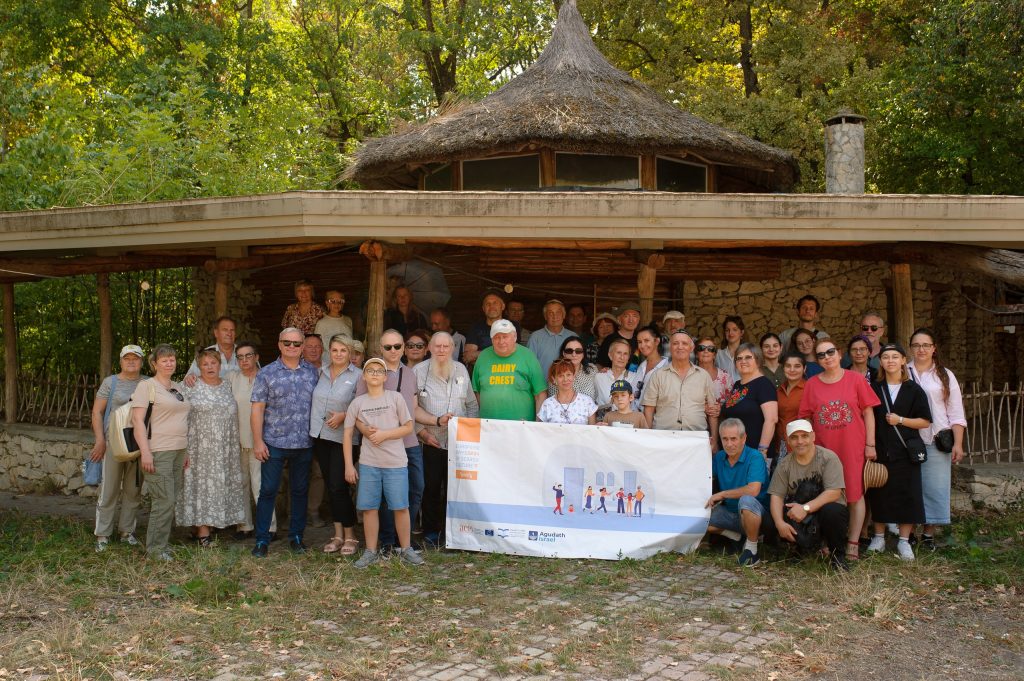
Ultimately, what makes the AEPJ’s journey so remarkable is its ability to blend cultural preservation with civic responsibility. It has evolved into a platform that empowers communities, fosters innovation in heritage education, and serves as a bridge between the Jewish experience and wider European narratives. The anniversary in Strasbourg was not only a celebration of the past, but a strong affirmation of the AEPJ’s role in shaping a more inclusive and cohesive Europe through culture.
What are the main challenges today in the sharing of European Jewish heritage?
Today, the sharing and promotion of European Jewish heritage faces multiple interconnected challenges. One of the most urgent is the need to shift public understanding of heritage from a static, preservationist model to a dynamic, participatory one. Jewish heritage is not only about monuments and memory; it is about continuity, creativity, and transformation. Too often, heritage is seen as a thing of the past, disconnected from present-day Jewish life. For the AEPJ and its partners, it is crucial to advocate for heritage as a living force, one that can strengthen cultural identities, promote dialogue, and act as a driver for social development.
Another challenge is the lack of strategic integration of Jewish heritage within national and European cultural policies. Despite numerous successful initiatives, Jewish heritage is still frequently perceived as marginal or secondary. The AEPJ calls for long-term, cross-sectoral strategies rooted in education, tourism, community engagement, and cultural diplomacy. Frameworks such as the Faro Convention and the UNESCO conventions offer valuable guidance, but their implementation requires political will, funding, and inclusive governance models that involve both Jewish and non-Jewish stakeholders.
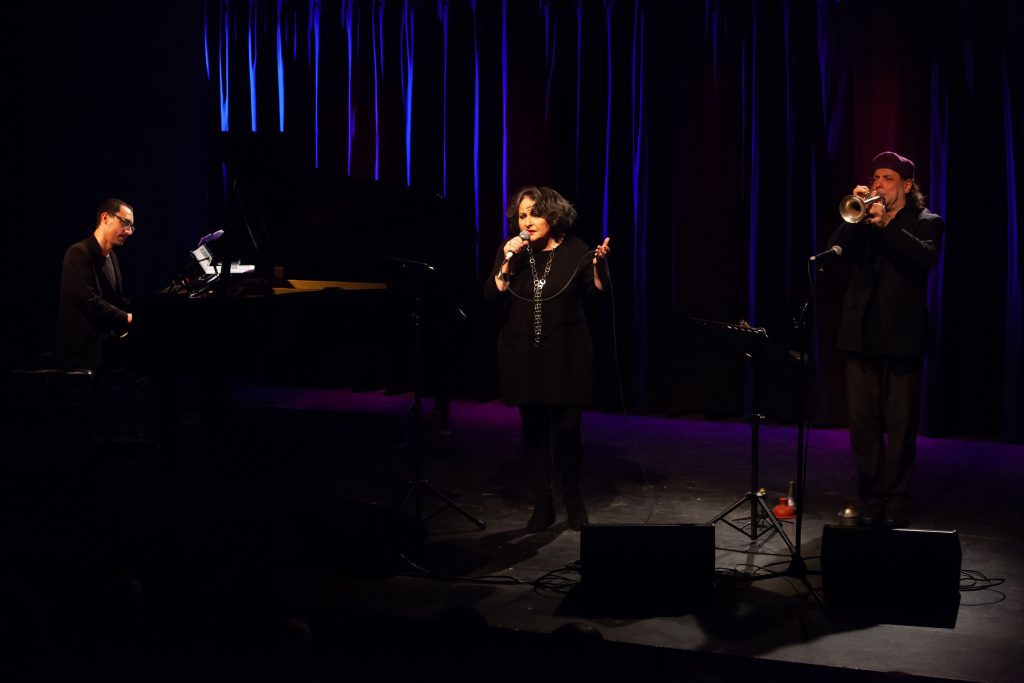
There are also practical challenges in terms of stakeholder engagement and local ownership. In many cases, Jewish heritage sites are located in places where Jewish communities no longer reside. This creates tensions between preservation efforts and local interests, often compounded by fragmented community structures and varying levels of awareness or sensitivity. The AEPJ promotes participatory approaches that treat communities not as homogeneous blocks, but as diverse groups whose voices and interests must be understood through dialogue, negotiation, and shared responsibility.
Finally, the rise of antisemitism in Europe poses a serious threat not only to Jewish communities, but also to the open and inclusive approach to heritage the AEPJ advocates. Heritage initiatives must be protected from politicization and instrumentalization. They must also be equipped to foster resilience, critical thinking, and intercultural empathy. The AEPJ remains committed to this mission, using Jewish heritage as a means to build trust, educate for peace, and cultivate a shared European identity that values diversity.